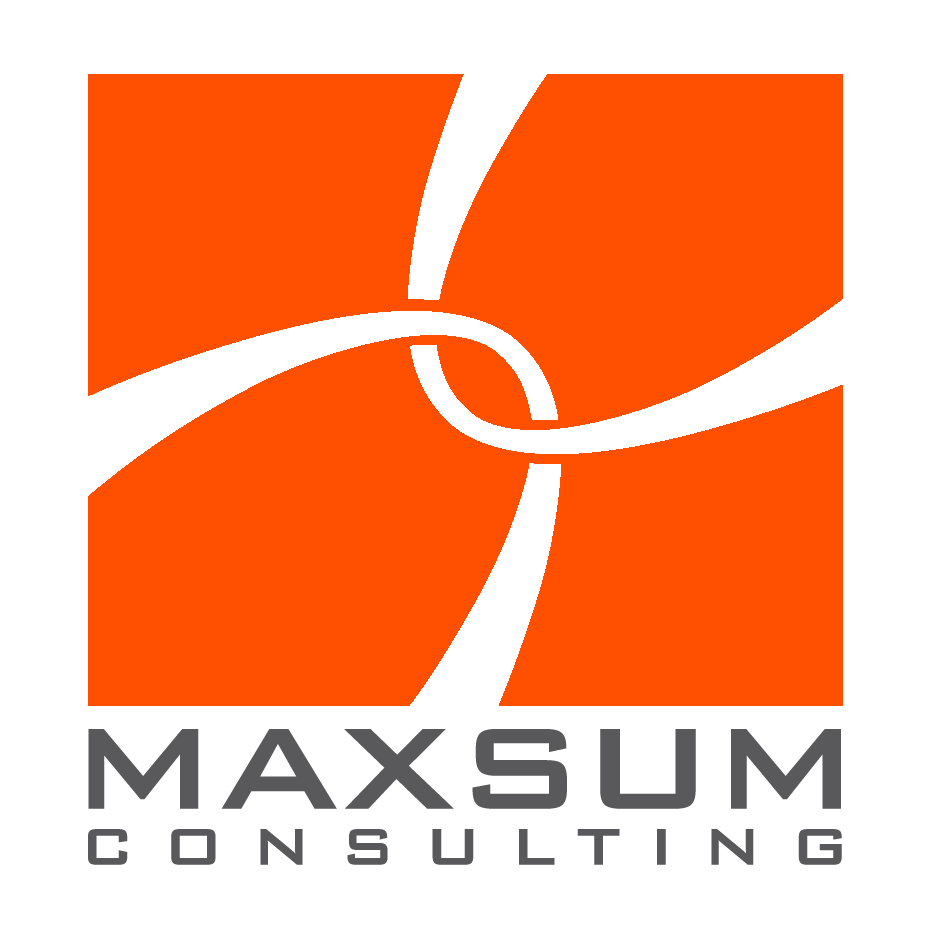Are you a bit hazy on your organization’s direction for Hybrid Cloud? There are 2 key questions you need answers to before you talk tech!
Business decision makers already know that cloud is the new norm. The question is no longer whether to cloud or not to cloud – The questions now are how, when and where to invest more?
Despite the definitive advantages bigger or off-premise cloud solutions may offer – the flexibility and future capital cost savings are always compelling – for SMEs under pressure to get digital economy ready right now, the idea of going completely public or private cloud, totally off premises, or even just more cloud-based is a daunting prospect. Organizations often simply do not have the resources, governance or confidence to make such a leap into the next stage of their cloud strategy, if they even have one.
Beyond the initial hyper-flush of cloud uptake, in reality, many SMEs today have ended up hybrid cloud almost by default. Hybrid cloud essentially involves a combination of a private cloud set-up (a set of hardware, networking, storage, services, applications and interfaces owned by your organization that sit behind your firewall) with public cloud services with touch points between the two environments. Having a hybrid set-up is often less a strategic decision though, and more a product of the reality faced by enterprises that are trying the balance their legacy systems and compliance requirements against their urgency to digitally transform themselves.
Sound familiar? Well it does to a lot of businesses. In a Microsoft Asia Pacific survey of 1200 IT leaders across 12 markets, 49% of IT leaders in the region are now prioritizing hybrid cloud over public-only or private-only cloud solutions for their organizations in the near future. The survey found that 40% of Australian respondents are already on the hybrid cloud journey; this number expected to increase to 49% over the next year.
So it’s clear that there is no one-size-fits-all cloud model. The lion’s share of businesses are using a relatively ad-hoc mix of public and private cloud options alongside legacy systems, either by choice or necessity. But as the pressure to digitally transform is right now, it’s time to start making more informed and strategic decisions about how, when and where to implement and roll forward with an intentional hybrid cloud strategy. And to do this, you’ll actually have to put the technology and bedazzling array of schmick cloud offerings to one side for a moment, and take a clear, bird’s eye view of your business from the top down.
How could your processes (both inward and outward-facing) work more seamlessly to provide your offerings?
And for your customer, what could make their experience in engaging with you better?
These are two simple questions that are surprisingly hard to answer. But the answers to these two questions will clearly define the priorities for your business that will ultimately determine the role your business technology will play and where the infrastructure and data that support those priorities will need to sit in a hybrid solution. And this right here, is the process you want your IT decisions makers involved in – they need to know what the end game is, so they can build it from the bottom up and reimagine a hybrid cloud solution that’s not something you’re using by default, but by strategic intent.
What’s more, it’s the differing answers to these two questions that make each organization’s journey through hybrid cloud completely different. There is no clear right or wrong; there is no best fit for all. But setting clear business-IT strategies will give shape to how you will want hybrid cloud to look in your business. Then and only then, it’s time for the tech questions; can legacy, business-critical applications – not originally built with cloud in mind – be re-architected for the cloud, or do they need to stay on premise? Should the organisation be seeking out a new SaaS product to fit their needs? And does the organisation have the specific skills in-house that it will need to do this?
So if you’re keen to chart out a strategy for your organization that will maximize the ROI of hybrid cloud you need to start top down: ask those two big questions and work out the answers to them with the right people at your table.


